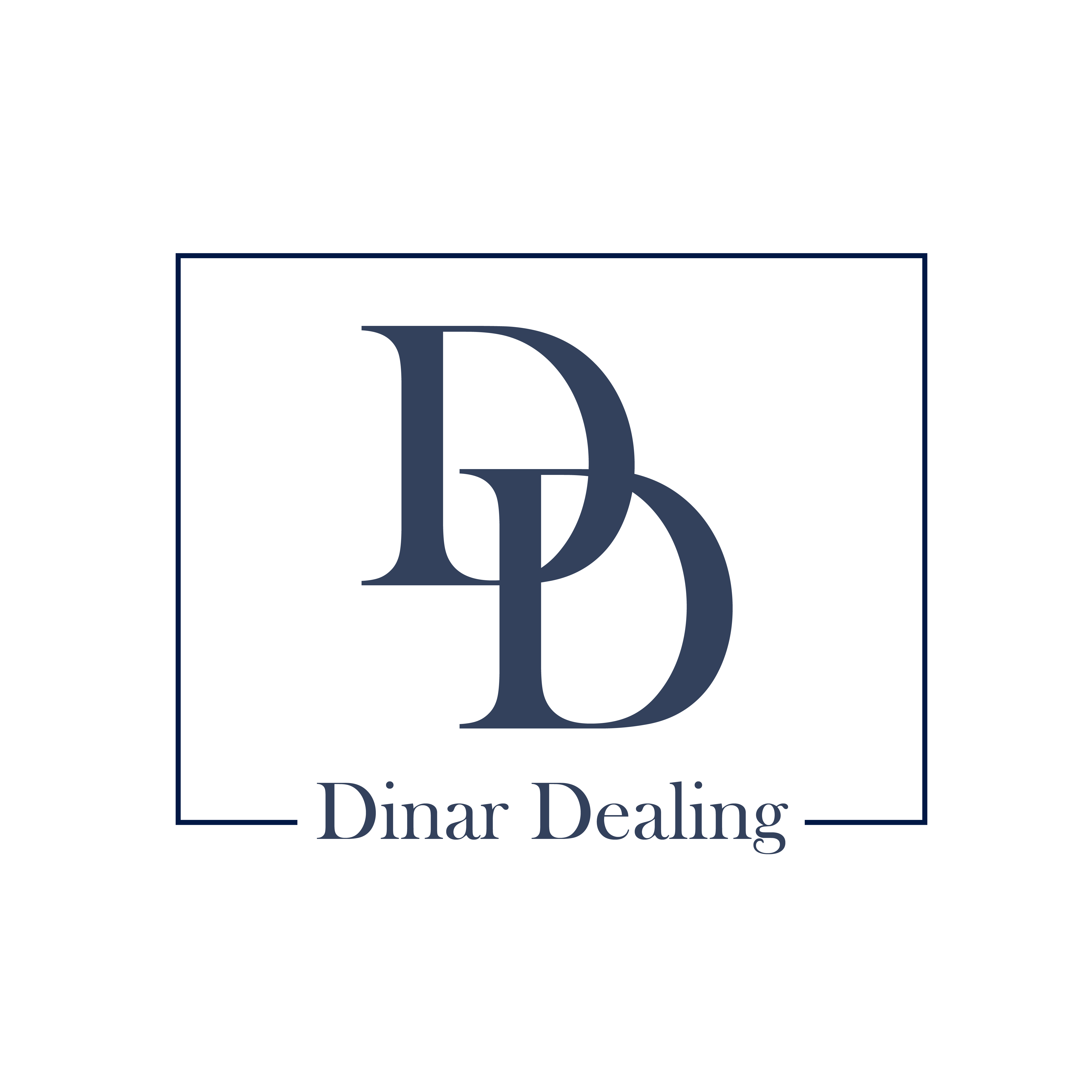The allure of investing in Iraqi Dinar (IQD) is undeniable for some, drawn by the potential of high returns and speculation around currency revaluation. However, as with any financial venture, it’s essential to distinguish fact from fiction. Here, we dispel four common myths about the Iraqi Dinar that can mislead investors and highlight key insights to navigate this complex investment landscape.
Myth 1: The Iraqi Dinar is Guaranteed to Revalue Tremendously
One of the most pervasive myths about the Iraqi Dinar is the belief that it is bound to revalue significantly, resulting in vast profits for those who invest now. While currency revaluation can happen, it is not guaranteed, and many factors influence a country’s currency value, including economic stability, inflation control, and governmental policies. Historical examples show that currency revaluations are rare and often tied to strong economic reforms and political stability, which Iraq is still working towards. Therefore, considering this investment as a sure-fire way to wealth is misleading. Potential investors should instead focus on understanding the country’s economic conditions and the broader geopolitical landscape before making investment decisions.
Myth 2: Investing in Iraqi Dinar is a Quick Get-Rich Scheme
Another myth is that buying Iraqi Dinar is an effortless path to wealth. This notion appeals to those looking for quick, high returns without considering the risks involved in currency investing. The truth is that currency investments, including the IQD, require a keen understanding of foreign exchange markets and the ability to tolerate risks. Currency values can fluctuate widely due to various factors such as oil prices, regional conflicts, and global economic trends. Investors should approach the IQD with a long-term perspective, recognizing the inherent risks and the unpredictable nature of currency trading. Diversification across different asset types can also mitigate these risks.
Myth 3: Buying Iraqi Dinar at Low Rates Ensures Future Profit
The assumption that purchasing Iraqi Dinar at low rates guarantees future profit is another misconception. Some investors are enticed by the low cost of the IQD compared to stronger currencies such as the US dollar, assuming that any future rise will lead to substantial gains. However, currency values are subject to complex economic forces and can remain stable, decrease further, or appreciate, depending on Iraq’s economic policies, inflation rates, and international relations. Without a comprehensive analysis of these factors, it’s speculative at best to predict future profits based solely on the current exchange rate. Potential investors should conduct thorough research and consider professional financial advice before committing large sums to IQD investments.
Myth 4: The Iraqi Dinar is Immune to Global Economic Fluctuations
Some investors presume that the Iraqi Dinar is somehow insulated from global economic fluctuations due to Iraq’s unique geopolitical position and oil reserves. This belief overlooks the fact that Iraq’s economy is heavily dependent on oil exports, which leads to vulnerabilities due to global oil price volatility. Furthermore, Iraq’s economic resilience is impacted by political stability, security concerns, and infrastructure development, which are susceptible to regional and international economic trends. Like any other currency, the IQD’s value is influenced by global financial markets and economic policies. Awareness of these dynamics and active monitoring of global events can provide valuable insights for those considering investments in the Iraqi Dinar.
In conclusion, while the prospect of investing in the Iraqi Dinar may seem intriguing, it’s crucial to approach this venture with a clear understanding of the associated myths and realities. Comprehensive research, realistic expectations, and consideration of economic and geopolitical factors are essential steps for anyone interested in including the IQD in their investment portfolio. By dispelling these myths, investors can make more informed decisions and align their strategies with their financial goals and risk appetite.

